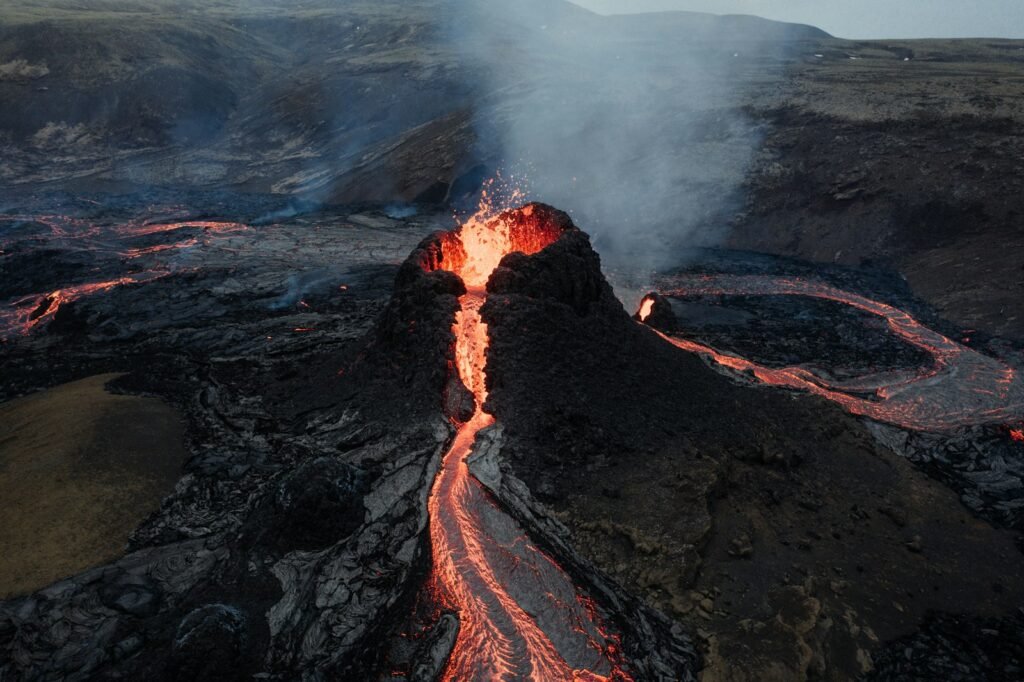A myth has a way of sticking, especially one that promises an entire civilization swallowed by the sea. For generations, Atlantis sat at the edge of science and storytelling, a puzzle enthusiasts chased while archaeologists rolled their eyes. Now the mood is shifting, not toward treasure hunts, but toward a deeper, data-rich reading of the past. New tools are exposing how coastlines move, how cities drown, and how memories of disasters harden into legends. The result is a fresh question: not where Atlantis was, but why the story endures – and what it’s really telling us.
The Hidden Clues

Archaeologists are following threads that for years went unnoticed: drowned harbors, sunken roads, and walls buried in silt. Multibeam sonar draws the seafloor in razor-sharp relief, revealing geometric shapes that don’t happen by accident. Along once-busy shores, cores of sand and shell show layers laid down by furious waves, the kind that arrive only when the planet lurches.
These are not smoking guns; they’re the quiet fingerprints of upheaval. A collapsed quay here, a toppled column there, a shoreline shifted by a quake or a landslide. Piece by piece, the record reads like a diary of bad days that communities somehow survived.
From Ancient Tools to Modern Science

Field notebooks now share backpack space with AUVs, drones, and portable DNA labs. Archaeologists map submerged streets with photogrammetry in the morning and run Bayesian models on radiocarbon data by night. Sediment cores get scanned like patients, lights and magnets teasing out storm layers and human debris.
It feels less like a dig and more like a forensic team at a crime scene that’s been underwater for centuries. When you stitch sonar swaths to satellite radar and old harbor plans, patterns pop. The same dangers keep returning: quakes, eruptions, tsunamis, and slow, relentless sea-level rise.
Reading Plato Anew

Instead of chasing coordinates, scholars are reading the Atlantis tale as a crafted moral drama set in a real, unstable world. In that world, city-states sparred, alliances broke, and nature seized the stage without warning. The point was power tested and hubris humbled, not a GPS pin on a map.
Seen this way, the story becomes a mirror, not a blueprint. Its grandeur channels collective memories of catastrophe, the way families pass down a story that outgrows the original event. The legend survives because it rearranges facts and fear into something we can carry.
Landscapes Lost to the Sea

Across the Mediterranean and beyond, entire districts now sleep under quiet water. Submerged villages off Israel, earthquake-buried towns in Greece, and drowned ports from North Africa to Iberia sketch a repeating pattern. People built at the water’s edge because the sea feeds and connects; the sea also takes back what it’s given.
Europe’s continental shelf holds its own ghost geography. Offshore surveys light up channels where rivers once ran and fields that once grew grain. If Atlantis is a mood, these places are its mood made literal.
Shockwaves and Eruptions

Volcanoes and faults do not care about myth, but they make myths possible. In the Bronze Age, an eruption in the Aegean blasted ash across the region and drove walls of water ashore. Shorelines didn’t just flood; they changed shape in the span of an afternoon.
Earthquakes cracked harbors and tipped warehouses into the surf, while tsunamis rearranged entire beaches. Archaeoseismologists read tilted floors and twisted masonry like physicians read symptoms. The diagnosis is blunt: sudden shocks leave long shadows in memory.
What the Digs Reveal

Excavations along coasts increasingly turn up mixed layers of everyday life and disaster debris. Fishhooks and amphorae mingle with storm-tossed boulders, snapped pilings, and silted alleyways. It’s the archaeology of interruption, the precise moment routines end.
Underwater surveys chart breakwaters that extended farther than anyone guessed, hinting at busy traffic and clever engineering. In some places, walls were hurriedly repaired, then abandoned, then reused by people who returned when the sea calmed. Time, like the tide, loops back.
The Evidence Debate

The hardest part isn’t finding artifacts – it’s proving what broke them and when. Dating marine deposits is tricky, and storms can mimic tsunamis in the sedimentary record. One team’s catastrophic layer can be another team’s unlucky squall.
So the field leans on convergence: geology, architecture, microfossils, even the orientation of fallen stones. When methods agree, confidence rises; when they don’t, patience is required. The new consensus isn’t a single grand claim, but a tighter net that catches fewer errors.
Why It Matters

This rethink isn’t about settling a pub argument; it’s about understanding risk where most people live – near water. If legends distill hard lessons about sudden change, they’re not just entertainment. They’re early warnings wrapped in drama.
I grew up thumbing dog-eared paperbacks about Atlantis, then later stood on a Cretan cliff where the wind felt ancient. The view made one idea snap into focus: stories survive because the threats they name survive. When archaeologists translate myth into evidence, coastal planning becomes less guesswork and more memory with measurements.
Global Perspectives

The Mediterranean grabs the spotlight, but parallel stories surface from the Black Sea to the North Sea and the Indian Ocean. Wherever shelves are broad and rivers fed ancient plains, the sea has advanced and retreated like a slow-breathing animal. Trading towns flickered on and off with each breath.
Communities adapt in ways that leave a signature: raised floors, sacrificial breakwaters, canals re-cut after storms. Archaeology connects these signatures across continents, showing common solutions to old problems. The shared thread is resilience shaped by water and time.
The Future Landscape

New tools are arriving fast: machine-learning models that flag rectilinear shapes in sonar maps, handheld DNA sampling for ancient harbors, and satellite radar that tracks coastlines shifting centimeter by centimeter. Autonomous vehicles can drift for days, scanning in patterns no diver could match. Underwater photogrammetry now rebuilds buildings in 3D, stone by stone.
But technology brings its own hurdles: data overload, preservation ethics, and the cost of mounting a survey in waters that don’t sit still. Collaboration will decide what gets found and what slips by. The next “Atlantis” headline may be less about a single city and more about a network of sites telling one long story.
How You Can Help

Support coastal museums and research groups that document endangered shorelines before they’re erased. Volunteer with community shoreline surveys, where trained eyes can spot pottery sherds or timbers after storms. Pay attention to local heritage rules that keep looters and careless construction from destroying fragile sites.
Most of all, treat legends as doorways, not destinations. Ask what real events could have carved such deep grooves in memory, and what those grooves can still teach us about living with water. If the past is whispering across the waves, are we listening closely enough?

Suhail Ahmed is a passionate digital professional and nature enthusiast with over 8 years of experience in content strategy, SEO, web development, and digital operations. Alongside his freelance journey, Suhail actively contributes to nature and wildlife platforms like Discover Wildlife, where he channels his curiosity for the planet into engaging, educational storytelling.
With a strong background in managing digital ecosystems — from ecommerce stores and WordPress websites to social media and automation — Suhail merges technical precision with creative insight. His content reflects a rare balance: SEO-friendly yet deeply human, data-informed yet emotionally resonant.
Driven by a love for discovery and storytelling, Suhail believes in using digital platforms to amplify causes that matter — especially those protecting Earth’s biodiversity and inspiring sustainable living. Whether he’s managing online projects or crafting wildlife content, his goal remains the same: to inform, inspire, and leave a positive digital footprint.




